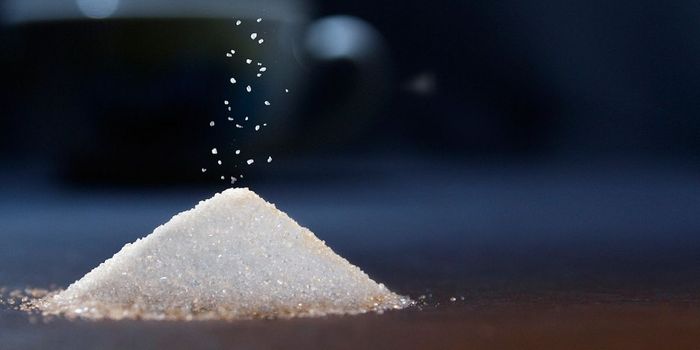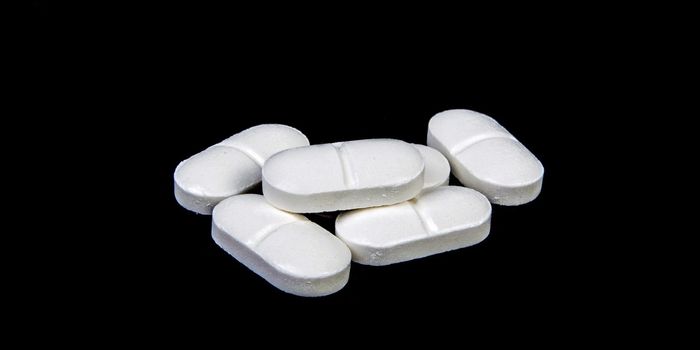Potential Cardiac Risks of Microdosing Psychedelics: A Review of Current Evidence
Microdosing psychedelics, which involves ingesting sub-threshold doses of substances like lysergic acid diethylamide (LSD), psilocybin, or 3,4-Methylenedioxymethamphetamine (MDMA) multiple times a week, has gained significant popularity. Proponents claim benefits such as enhanced creativity, improved focus, better moods, and reduced anxiety. However, despite its rising popularity, the long-term effects on cardiac health remain uncertain and concerning as indicated by a study published in Journal of Psychopharmacology.
LSD and psilocybin, the most common substances used in microdosing, share structural similarities with certain medications that have been linked to an increased risk of cardiac fibrosis and valvulopathy. Methysergide, pergolide, and fenfluramine are among these medications, all known to cause significant heart damage when taken regularly. Methysergide, for example, was initially synthesized from LSD and has been associated with retroperitoneal fibrosis, a condition that can also affect the heart. Methylergonovine, its active metabolite, has been identified as the cardiotoxic substance responsible for these effects.
Drug-induced valvular heart disease (VHD) is characterized by impaired motion of the heart valves due to abnormal thickening, or fibrosis, which can lead to valve regurgitation, arrhythmias, or heart failure. Once established, fibrosis can be difficult to reverse. This condition was first described in the 1960s with methysergide and later with other ergoline derivatives like ergotamine and dihydroergotamine (DHE), both of which have been linked to significant cardiac issues. Ergotamine, used for migraines, has been associated with myocardial ischemia, while DHE, used as an anti-migraine drug, has led to various types of fibrosis, including cardiac.
Several medications used to treat Parkinson’s disease, such as cabergoline and pergolide, have also been linked to fibrosis and VHD. Pergolide, for instance, increased the risk of VHD by a factor of five when taken over several years. Cabergoline, though still available for treating hyperprolactinemia at low doses, has been associated with pleural fibrosis in some cases.
MDMA, another substance sometimes used for microdosing, has been linked to valvular damage, although it is rarely used daily. A study found that 28% of individuals who took an average of 3.6 MDMA tablets per week for over six months showed abnormal echocardiographic results, suggesting that even intermittent use can pose significant risks.
The primary mechanism behind drug-induced VHD appears to be overstimulation of the 5-HT2B receptor (5-HT2BR). Nearly all drugs associated with VHD show agonist activity at 5-HT2BR or are metabolized into substances that do. Sustained overstimulation of 5-HT2BR can cause cardiac fibroblasts to proliferate abnormally, leading to valve thickening and fibrosis. LSD, psilocybin, and MDMA all exhibit agonist activity at 5-HT2BR, raising concerns about their long-term cardiac safety when used chronically.
While the practice of microdosing psychedelics might offer certain psychological benefits, the potential cardiac risks, particularly related to fibrosis and valvulopathy, warrant serious consideration. The structural similarities between psychedelics and other cardiotoxic substances, combined with their affinity for 5-HT2BR, suggest that long-term microdosing could pose significant heart health risks.
Sources: Journal of Psychopharmacology








